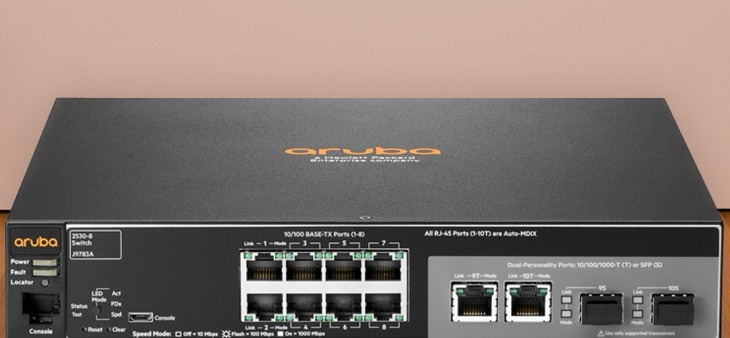
Unlock the secrets of network switches! This article dives deep into their purpose, exploring how they connect devices, boost communication speed, and simplify network management.
Key Takeaways
- Network switches connect devices on a network, streamlining communication.
- They come in managed and unmanaged varieties, catering to different needs.
- Managed switches offer more features but require more configuration. *Unmanaged switches are plug-and-play but lack advanced functionalities.
- The ideal switch depends on your network complexity and budget.
Q: What does a network switch do?
A: A network switch is a hardware device that connects devices on a network, managing data flow and improving communication speed and efficiency. They come in managed and unmanaged options, each suited for specific network requirements.
A network switch, otherwise known as a switching hub, a bridging hub or a MAC bridge, is a small piece of hardware that manages the communications of multiple connected devices in a single, wired local area network (LAN). Switches enable fast in-network communication by routing data packets between devices in a smart way, creating a tunnel between source and destination that can’t be interrupted by other network traffic. Depending on the functionality of your switch, it can also monitor network usage and allow you to control who has access to different parts of a network.
Although the Ethernet switches that used to be popular as part of home networks have mostly been replaced by integral switches in home broadband routers, high-speed network switches are still common in data centres and business networks.
What Kinds Of Switches Are Available?
Network switches range from those designed for home networks, with either four or eight Ethernet connections, to those for corporate networks that can support up to 128 devices. You can also daisy-chain switches to scale up the number of connections in a LAN. Ethernet switches are the market leaders these days, but other switch capabilities are still in use, for example, IBM’s TokenRing and Fibre Channel, which is popular with many storage area network (SAN) implementations.
The traditional network switch works at Layer 2 (the data link layer) of the OSI model, although Layer 3 switches are available. These switches, also known as multilayer switches, have a number of similarities to network routers in their dynamic routing capabilities and are often used in large-scale corporate intranets to improve performance and support routing between virtual LANs.
What Type Of Network Switch Do You Need?
Even among traditional Layer 2 switches, there are plenty of options to consider. Firstly, do you need an unmanaged or a managed switch? Unmanaged switches can be plugged in and connected up without any major configuration. These devices enable other devices on the network to connect with each other (one computer to another, or a computer to a printer) and if you’ve run out of Ethernet ports on your home router, this may be the solution for you. TP-Link produces switches suitable for both home and small business needs, including “green” versions that will considerably reduce power consumption.
Managed switches, on the other hand, are often used in large enterprise solutions and offer many advanced features to be configured and monitored by a network administrator. These features include support for Quality of Service (QoS) to ensure measurable network performance, robust traffic management and advanced protection against threats such as Denial-of-Service attacks.
There is also an in-between solution; depending on the size of your network, you may wish to investigate smart switches. Again, TP-Link has a wide variety of options, ideal for small-to-medium enterprises that need the same security and performance as large organisations, combined with the simplicity of management. Network administration is done through a web-based interface (rather than the command line interface of some traditional switches) and this gives you the ability to configure essential features with minimal effort. Regardless as to how your network is set up, there’s a suitable switch for you.
Until next time…
